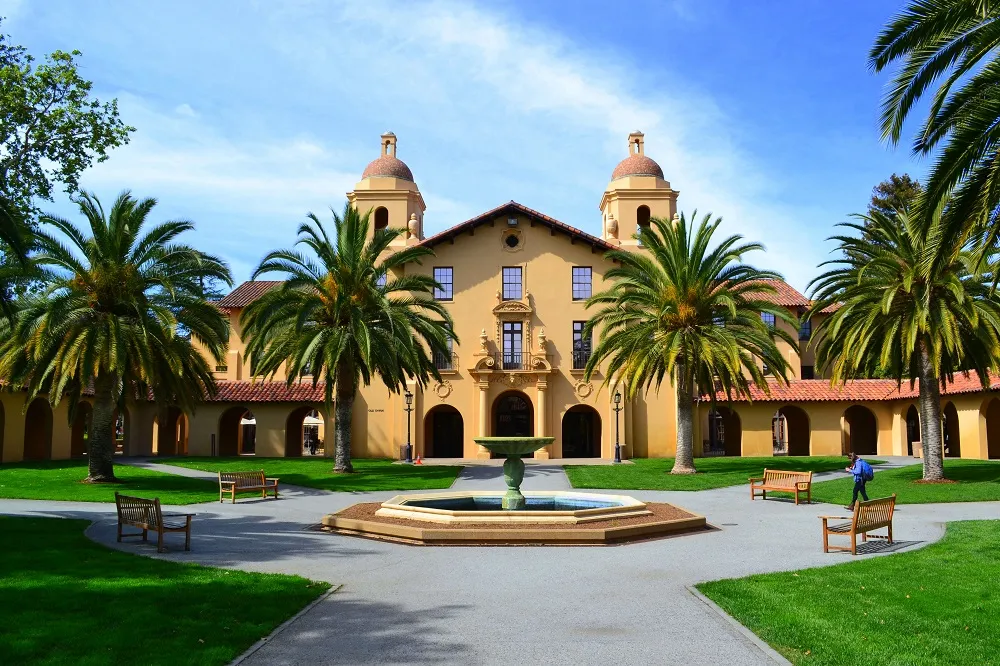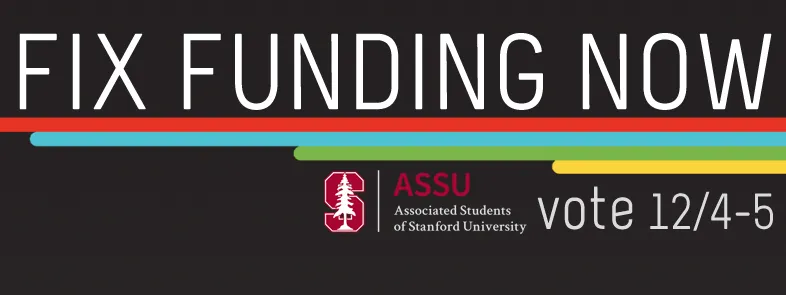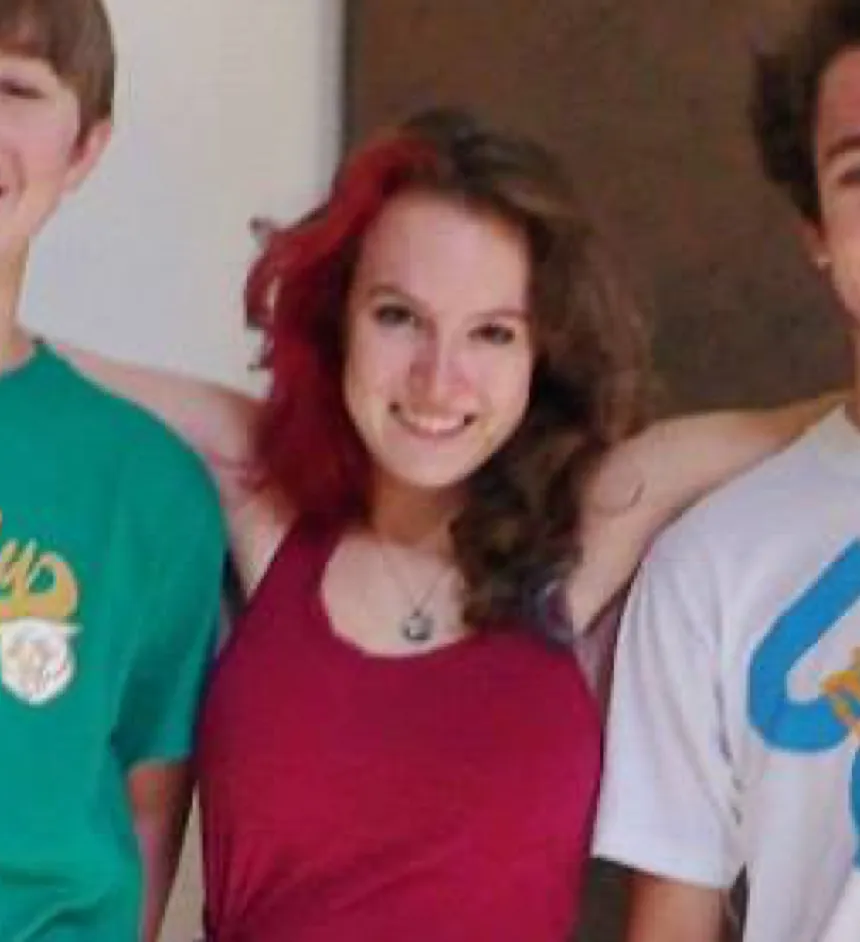Table of Contents
The Cardona/Wharton administration has inaugurated one of its first public parts of the transition process by releasing its cabinet application. This also gives us a first look at how the One Stanford campaign will translate its vision into reality. The application, due next Friday, April 23rd, urges students to apply for one or more of 13 Cabinet spots. How does this stack up against the current Gobaud administration’s cabinet? Well, the first thing we notice is that it’s smaller. A lot smaller. The Gobaud cabinet features 22 chairs meaning that this year’s version is 41 percent smaller. What’s been lost? Not as much as you might think. The main change is a cut in the number of co-chairs (there is no mention of co-chairs in the Cardona/Wharton cabinet application, so I am assuming that they will not exist in this administration), from 7 to 0. That means that only 2 positions have been fully eliminated or consolidated (well, more, but that’s due to additions). What are the exact changes?
All co-chairs eliminated (-7 positions).
A Grad Issues Chair has been created (+1).
The Undergraduate Social Chair and the Graduate Social Chair have been consolidate into a more general Chair of Social Life who can respond to graduate and undergraduate life (-1).
Graduate Health and Wellness and Undergraduate Health and Wellness have been consolidated into a single position, the Chair of Health and Wellness (-1).
The Undergraduate Outreach Chair position (much less its current co-chair embodiment) and the Graduate Outreach Chair have been eliminated (-2).
The Haiti Relief Czar (at least as Cabinet level position) has been eliminated (-1).
A Chair of Women’s Issues (a particular demand of the Women’s Coalition) has been created (+1).
A Chair of Campus Organizing has been created, which likely will assume at least some of the roles of the eliminated Outreach Chairs (+1).
What does this mean for the Cardona/Wharton administration? I think it’s a promising sign. Assuming that no co-chairs emerge, this cabinet will be of a manageable size so that everyone can be held fully accountable for their issue area without sacrificing any particular interest areas. It’s a promising sign from the new administration that they will be more efficient in how they use their time by focusing on empowering a smaller group with less time spent monitoring people (also, with no co-chairs, there is no way for someone to shirk and hide behind the efforts of their co-chair). A smaller group also means less total salary spending (although this year, as Gobaud did not collect a salary (at least for part of the year, I believe), I think that more money was available anyways), which increases executive ability to spend money on other priorities.
Additionally, the application asks for a timeline of how the potential Cabinet member intends to reach his goals. This effort to ensure that there is a year-long effort with predetermined milestones is great. Furthermore, the question about how the potential Cabinet member will measure her impact is another great one. It shows an effort to ensure a real impact on student life with the Cabinet initiatives; it also shows that Cardona herself has learned from her experience with the Wellness Room, which came under criticism in part because its impact was so nebulous and only this year has it started releasing some numbers about students attending its programming. More efforts to ensure that good intentioned efforts have good results are always welcomed.
Cardona and Wharton have staked out a middle ground between runner-up slate Peacock/Bakke’s vision of a minimal Cabinet and the current oversized Cabinet. I believe that this shift will be a great improvement and I wish the new administration (and its new Cabinet) the best of luck in their efforts.








